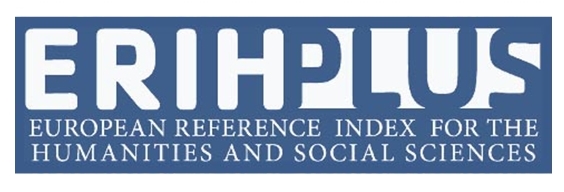Main Article Content
Dec 29, 2021
Abstract
The study deals with the native Aymara and Mapuche peoples temporal episteme towards including in the teaching of history and social sciences in the cosmovision of historically invisible groups in the school curriculum. The increase of this issue in the different areas of the social sciences highlights the need to review and rework the conceptual treatment of temporalities, diversity and their teaching.
Consequently, the study examines the Aymara and Mapuche culture temporality in order to understand their way of life, customs, rituals and how they situate themselves in the world. The methodology consisted of a systematic review, with a content analysis of the theoretical corpus (curricular documents and secondary sources related to cultural anthropology, philosophy, sociology and history). The results aim to the persistence of a linear temporal teaching, where the chronological aspects of one culture, Western European culture, predominate. In front of this, it is important to advance towards a real integration of diversity that takes into account the cultural richness of the Aymara and Mapuche peoples. This will allow teachers to incorporate new perspectives for their teaching practice and, in addition, to include different temporal visions of how other cultures feel, see and narrate time.
Downloads
Policies for open access journals
Authors who publish here accept the following terms: Authors will keep their copyright and will guarantee the journal the right to the first publication of their work, which will be subject to the Licence of Creative Commons acknowledgement, which allows for the use of this material only if the authorship is credited and the original source is acknowledged (the journal’s URL), and if it is not used with commercial ends and with any derivations of the original work.
Authors may adopt other non-exclusive license agreements of distribution of the published version (e.g. to save it onto a digital institutional archive or publish it in a monographic volume) only if the initial publication of this journal is indicated.
It is permitted and recommended for authors to divulge their work on the Internet (e.g. institutional digital archives or webpage) before and during the submission process, which may lead to interesting exchanges and increase the citations of the publication. (See Open Access Effect).






